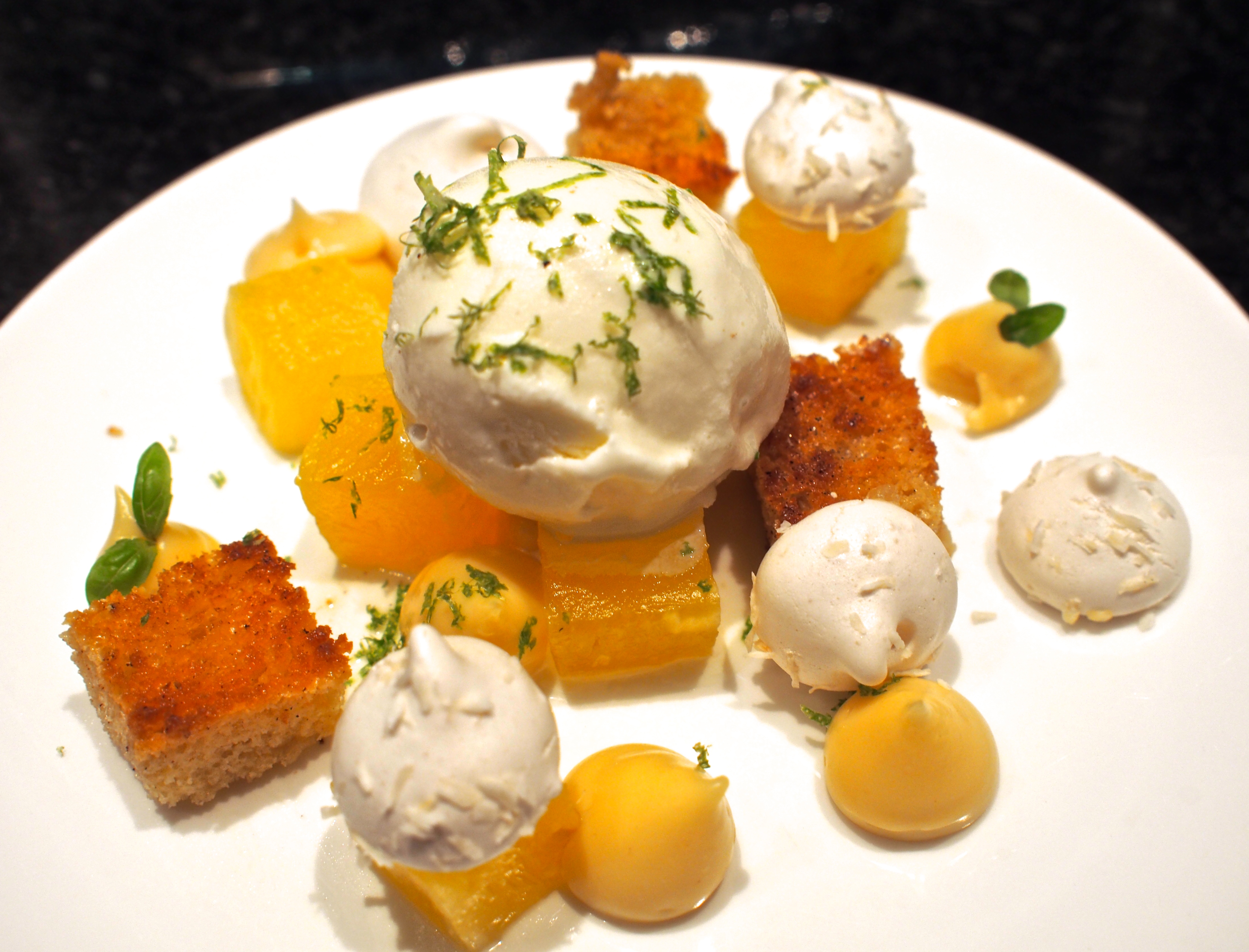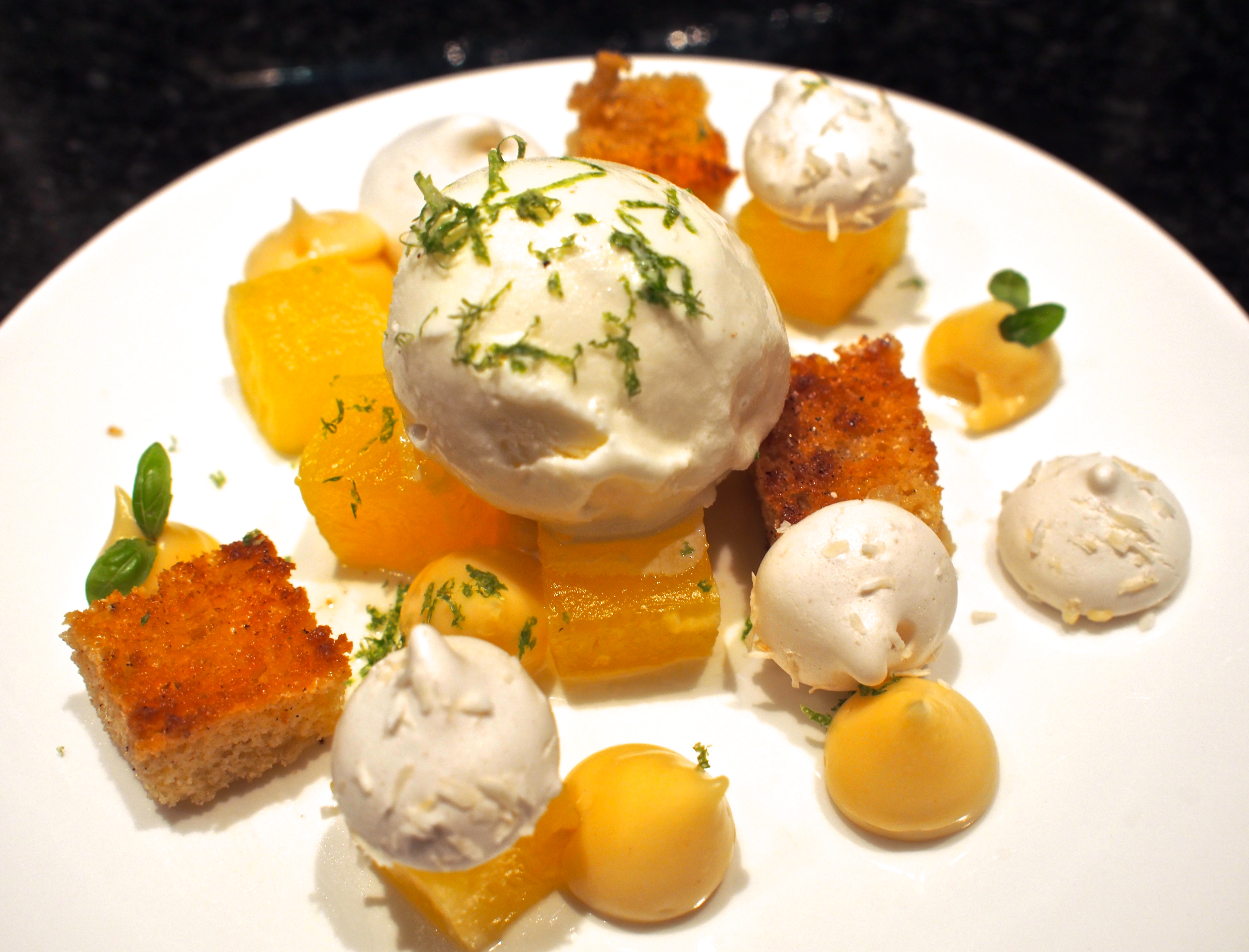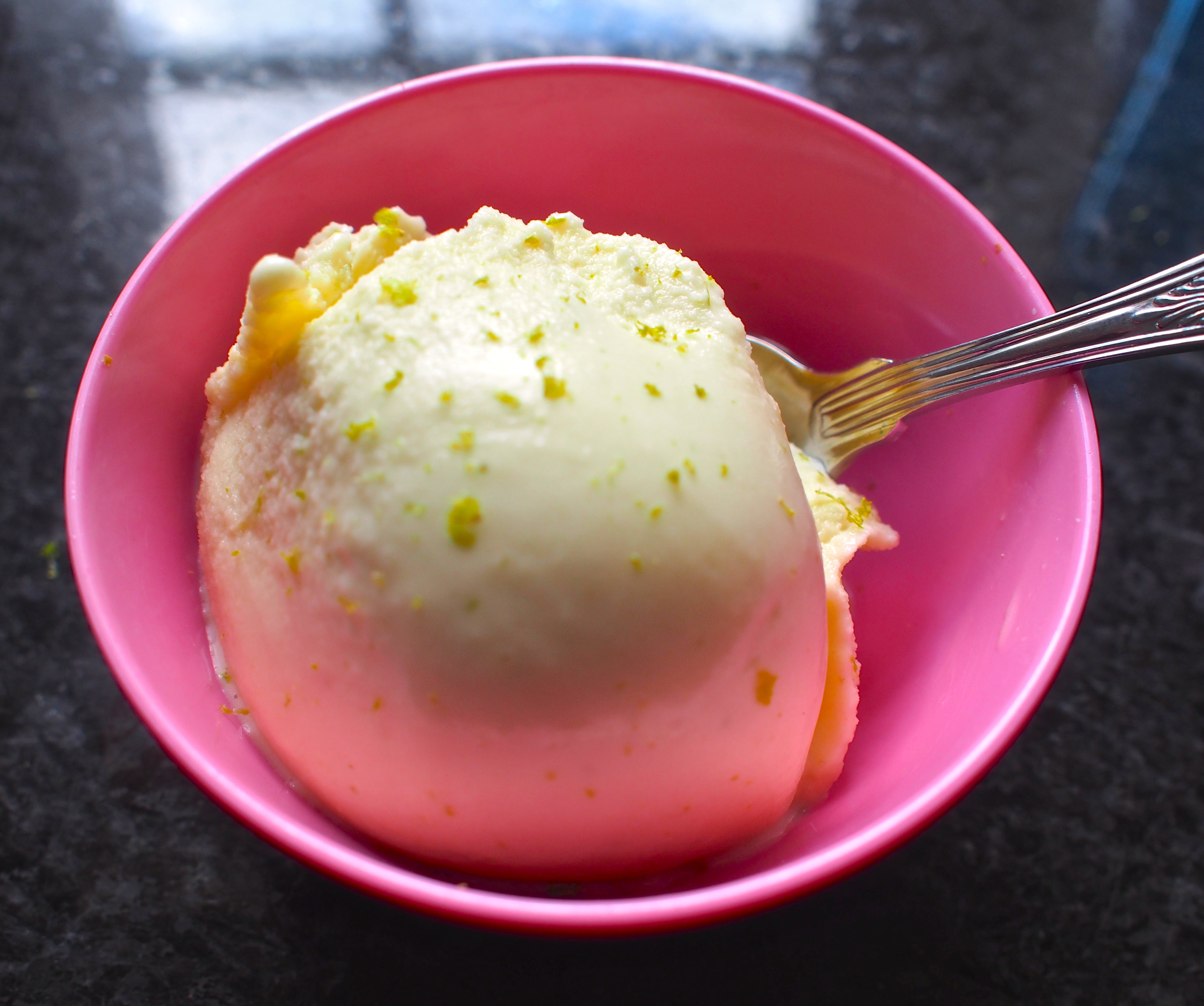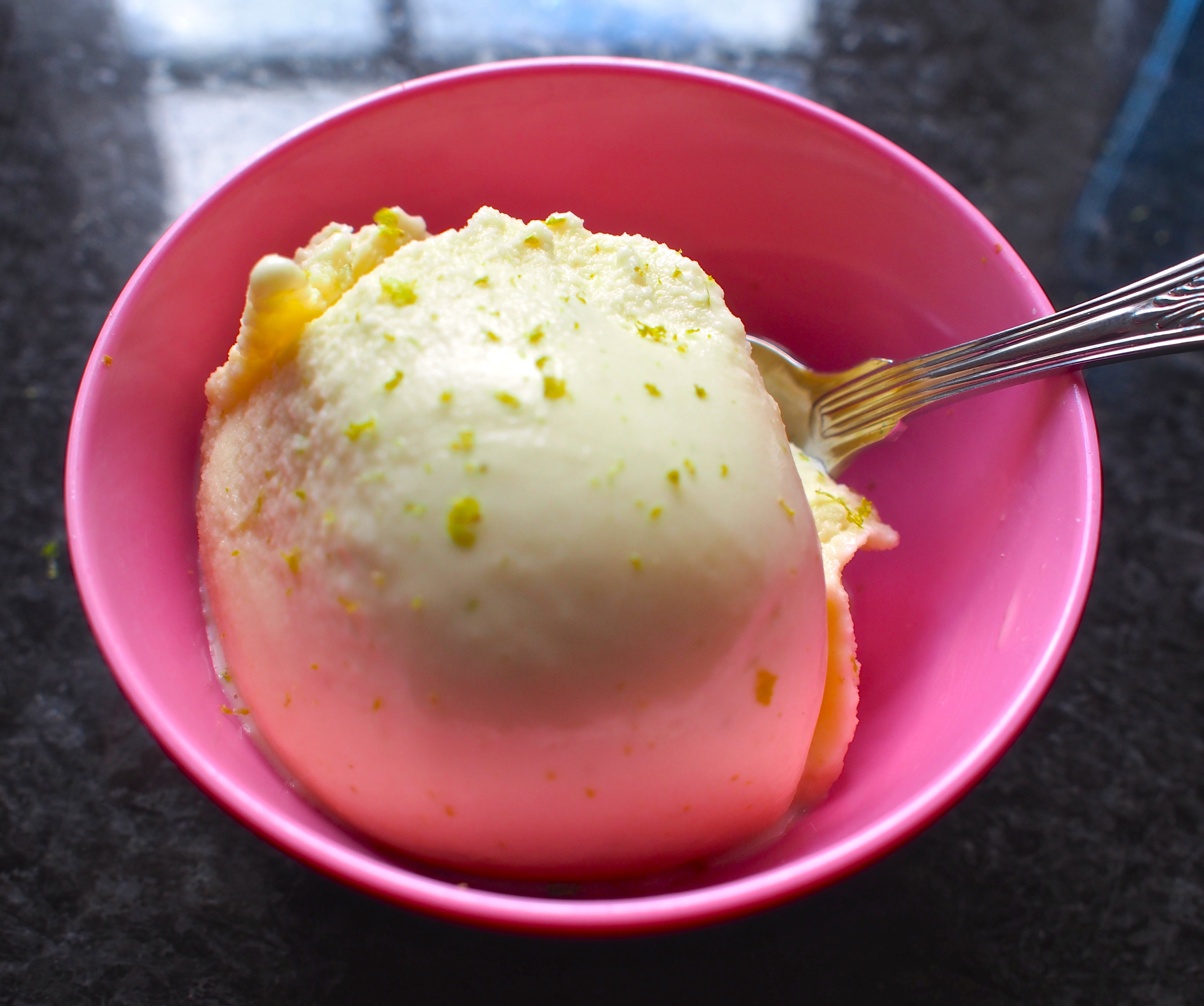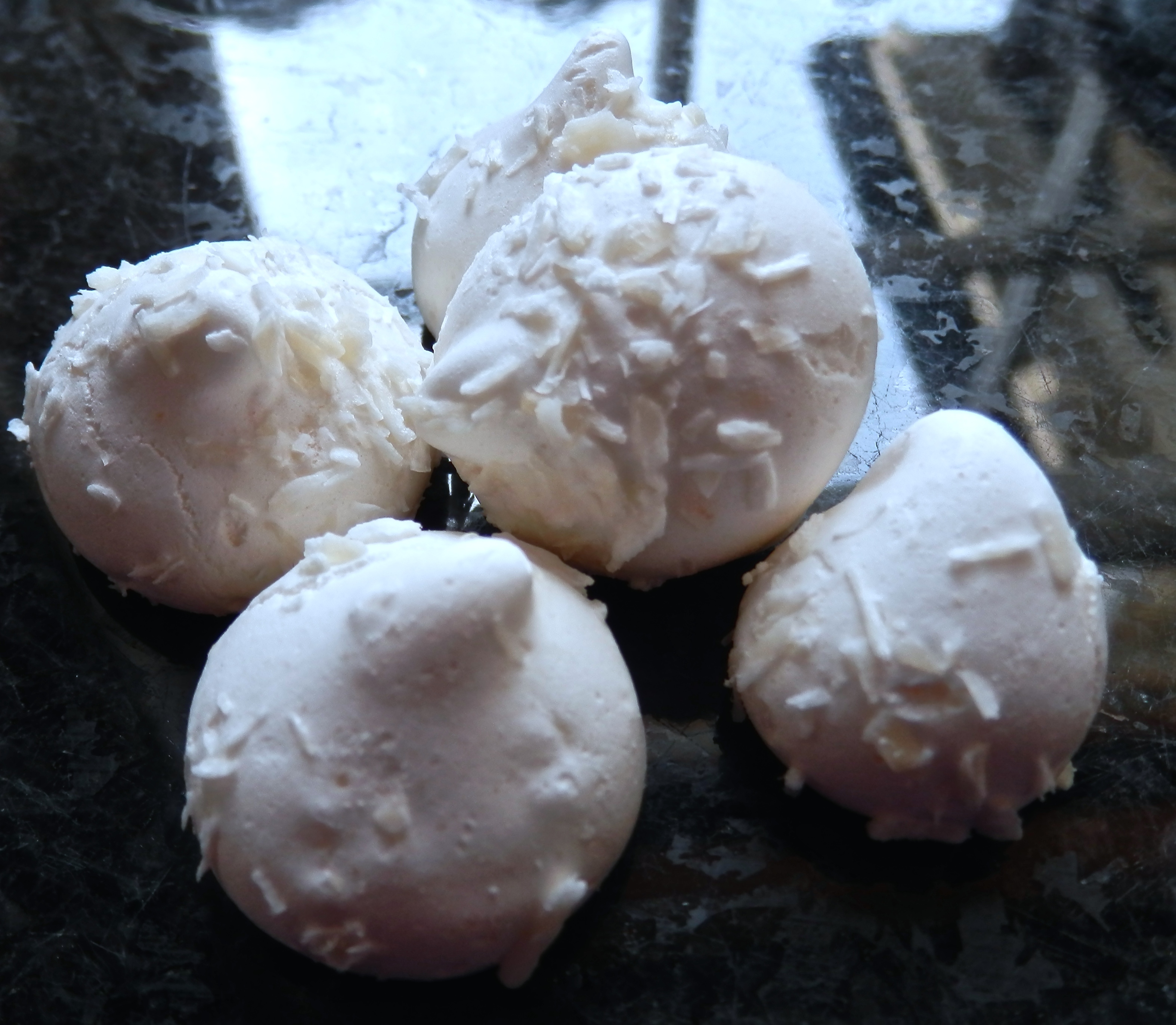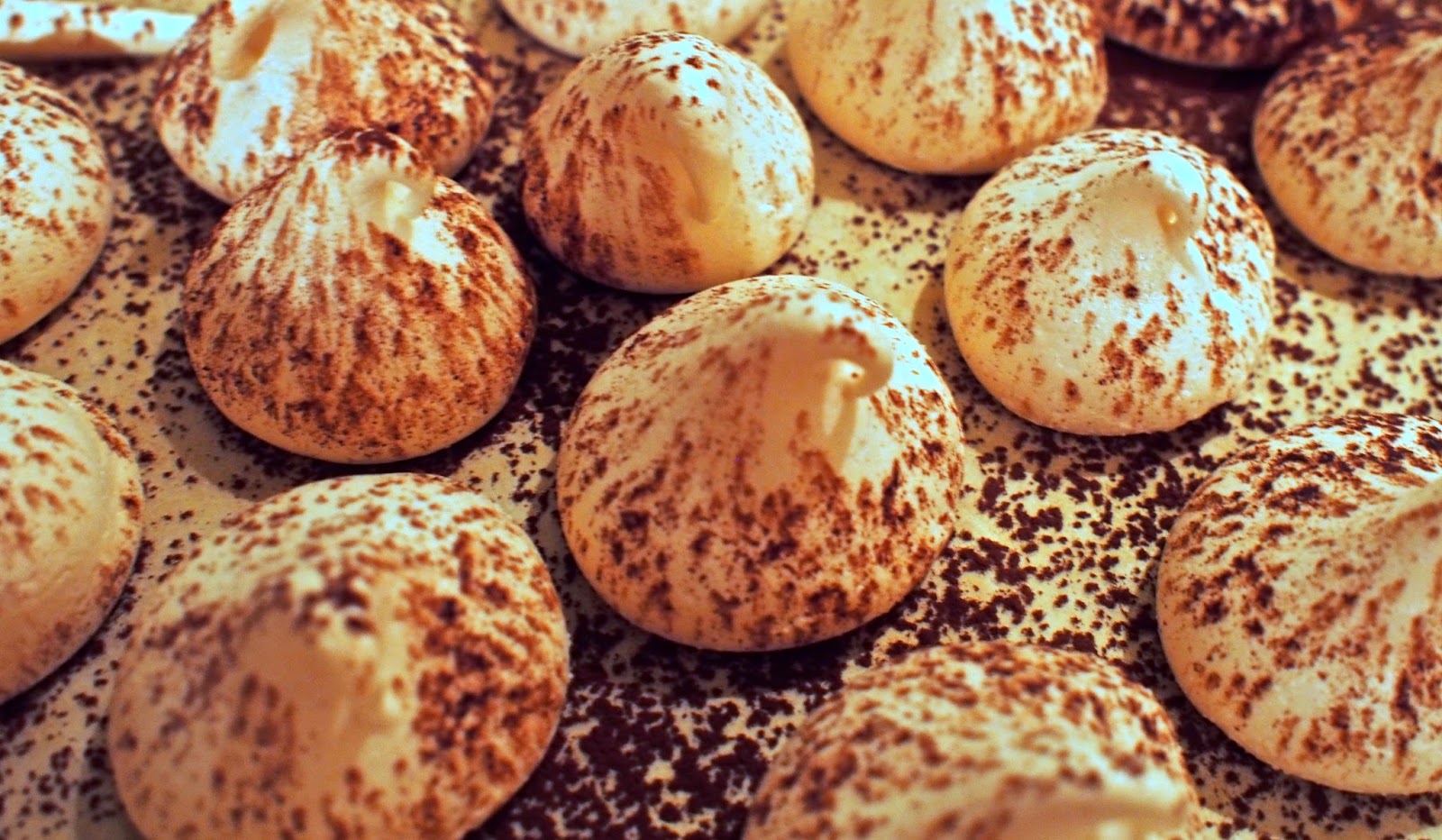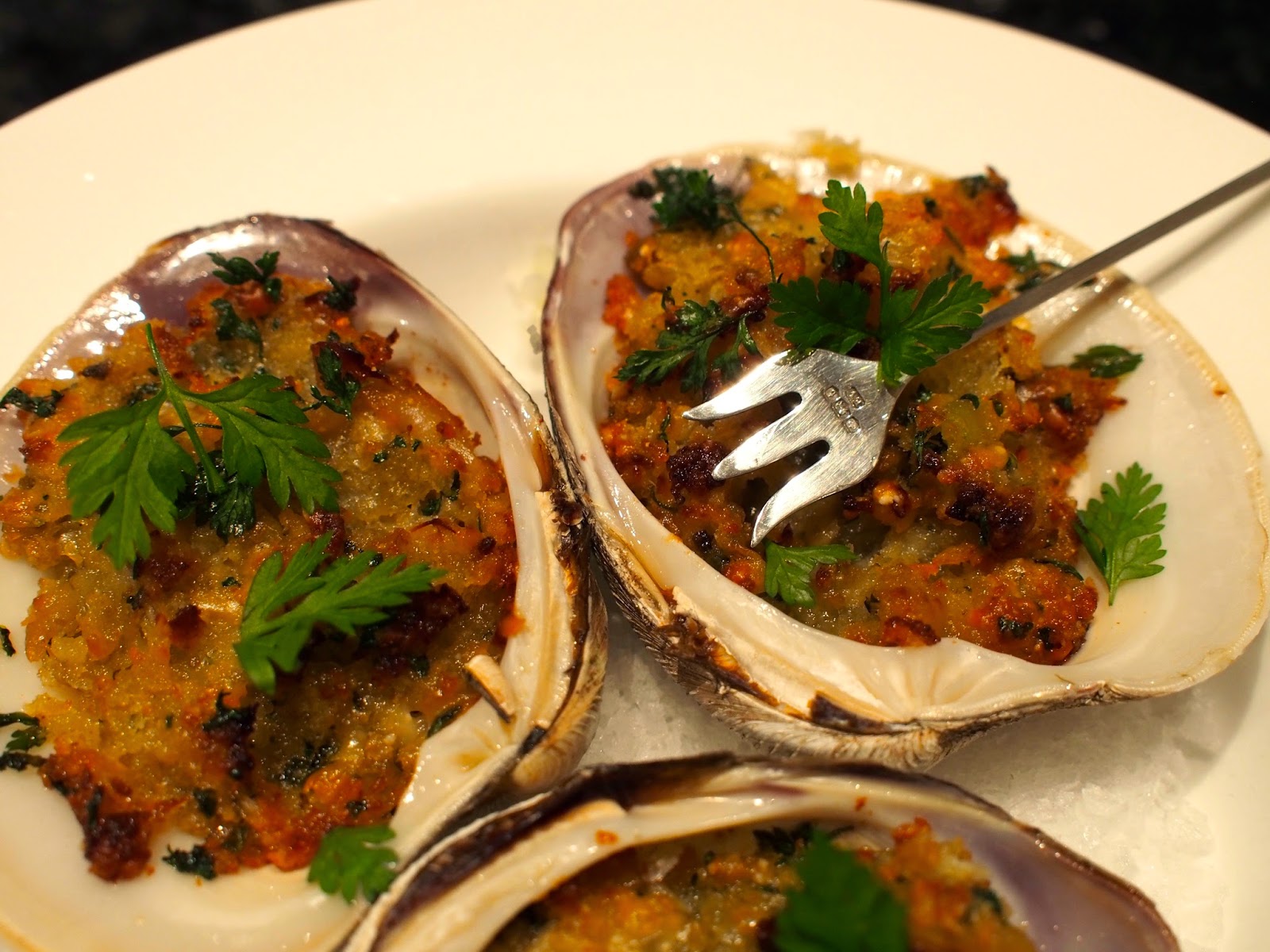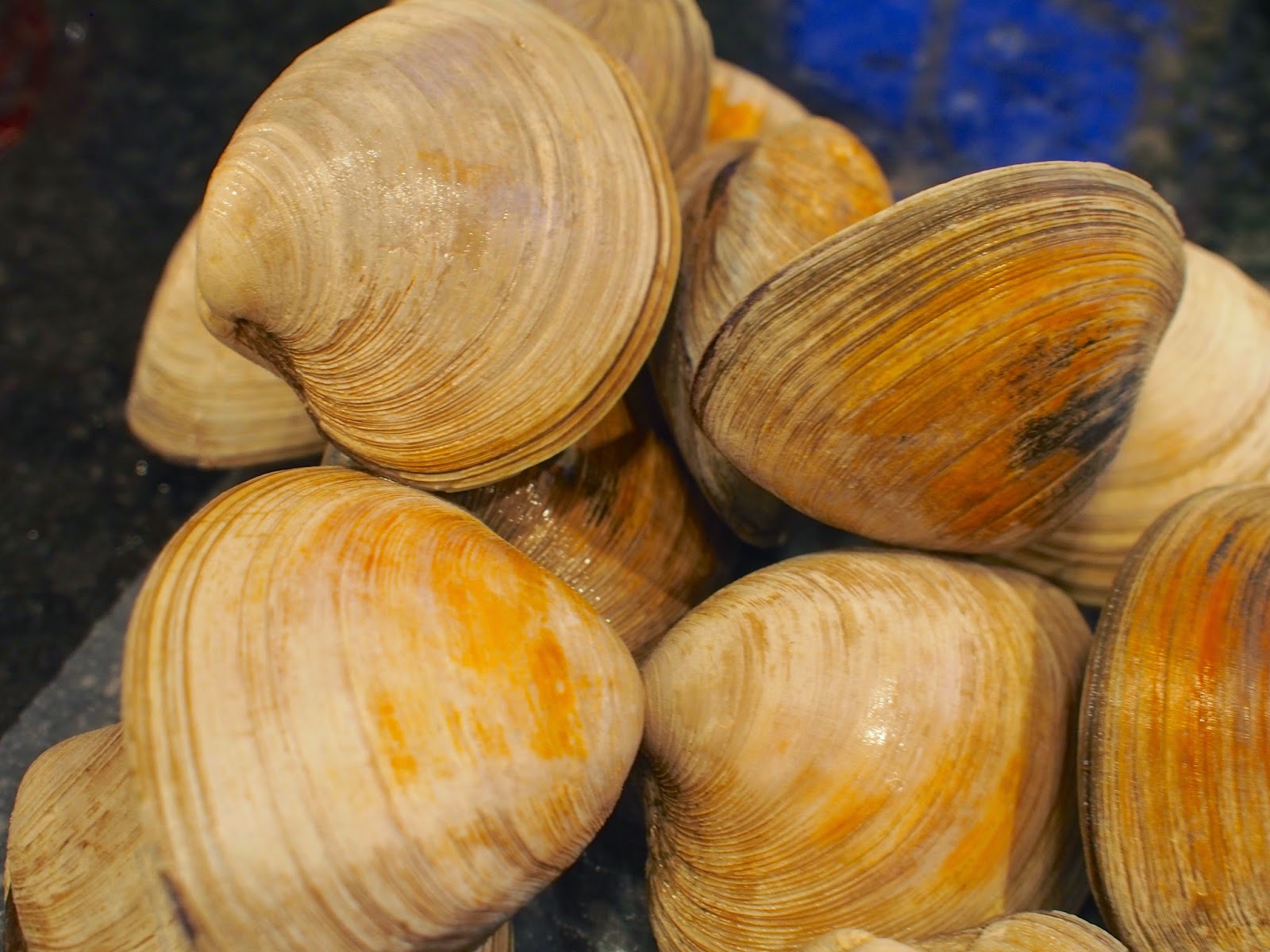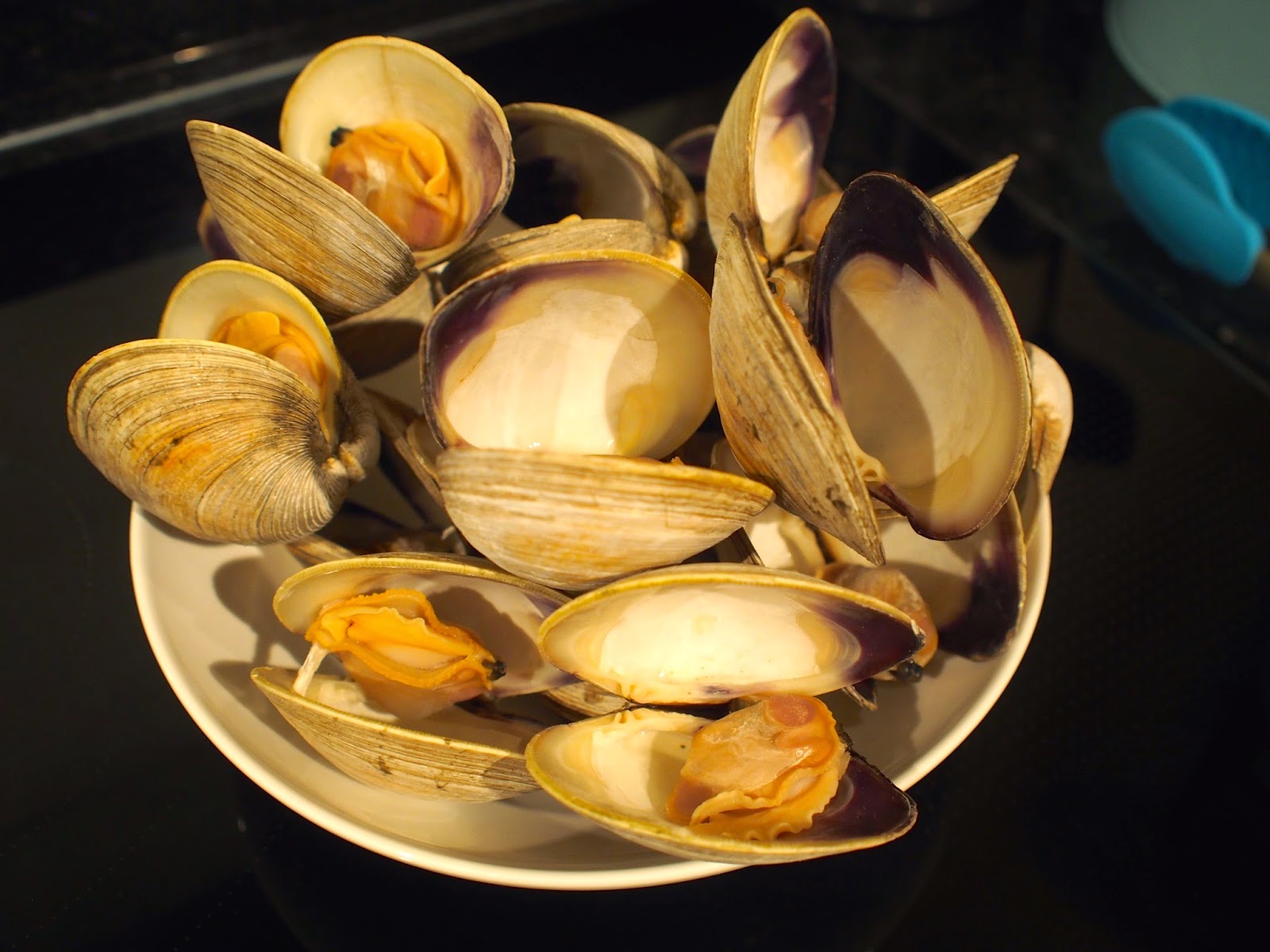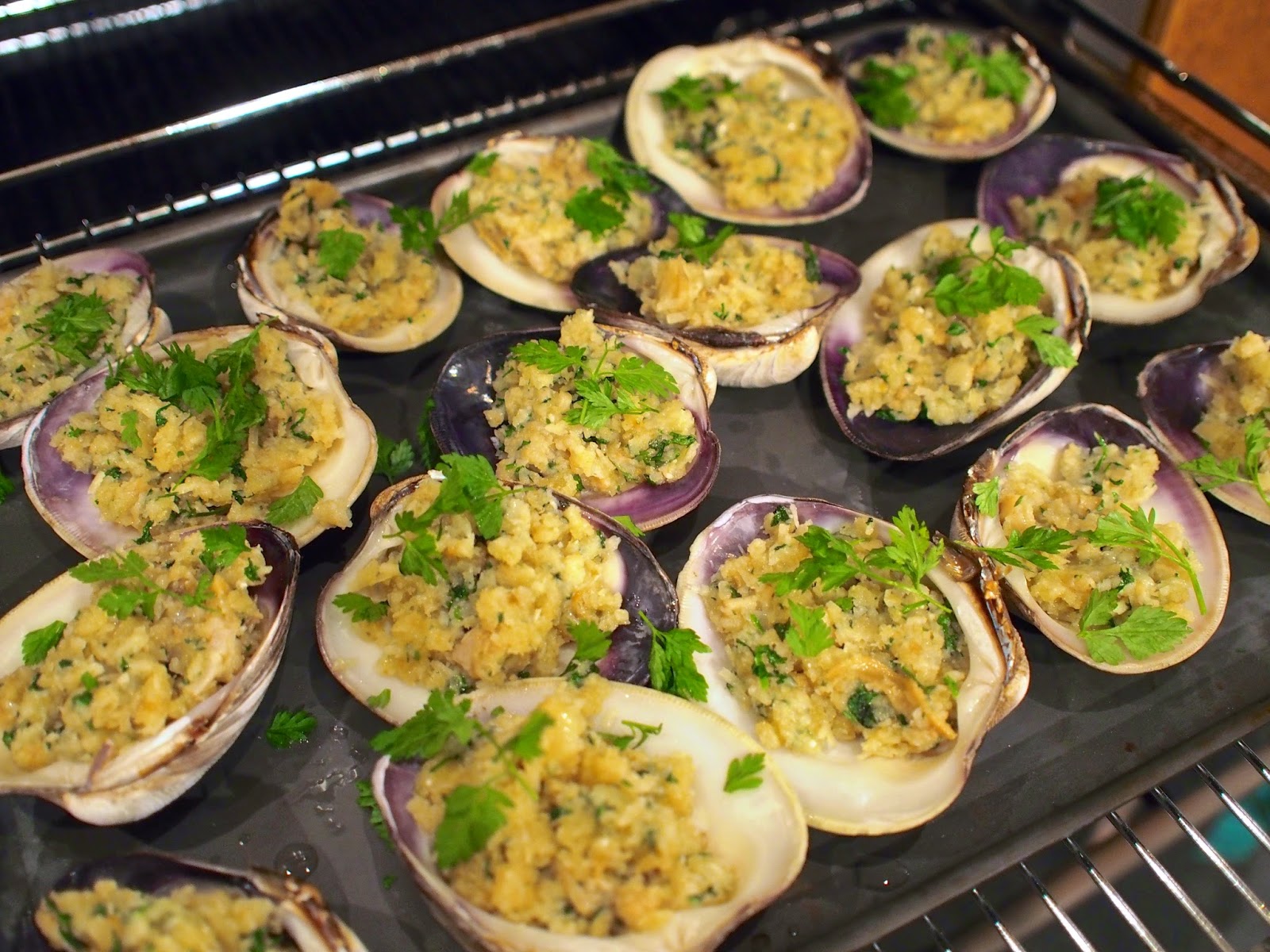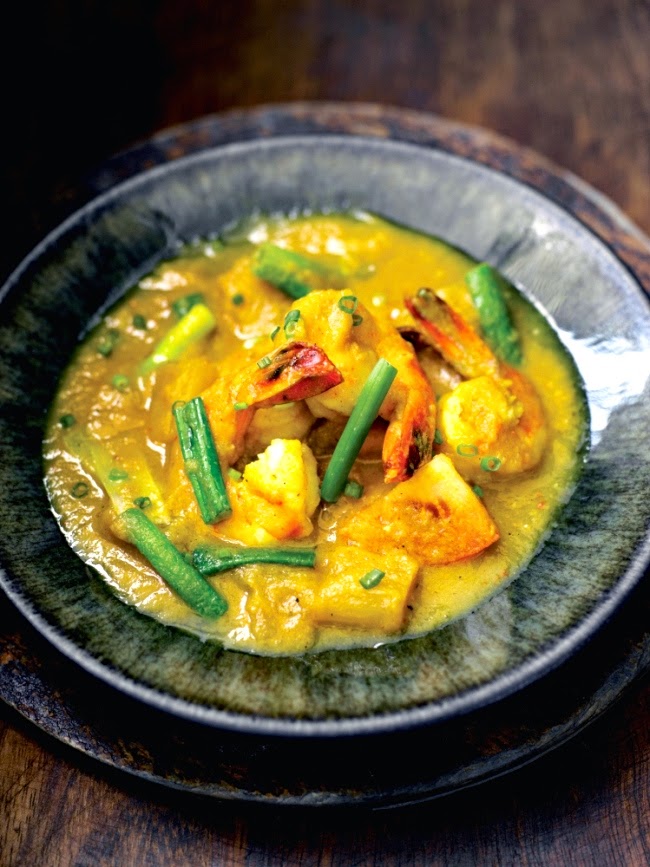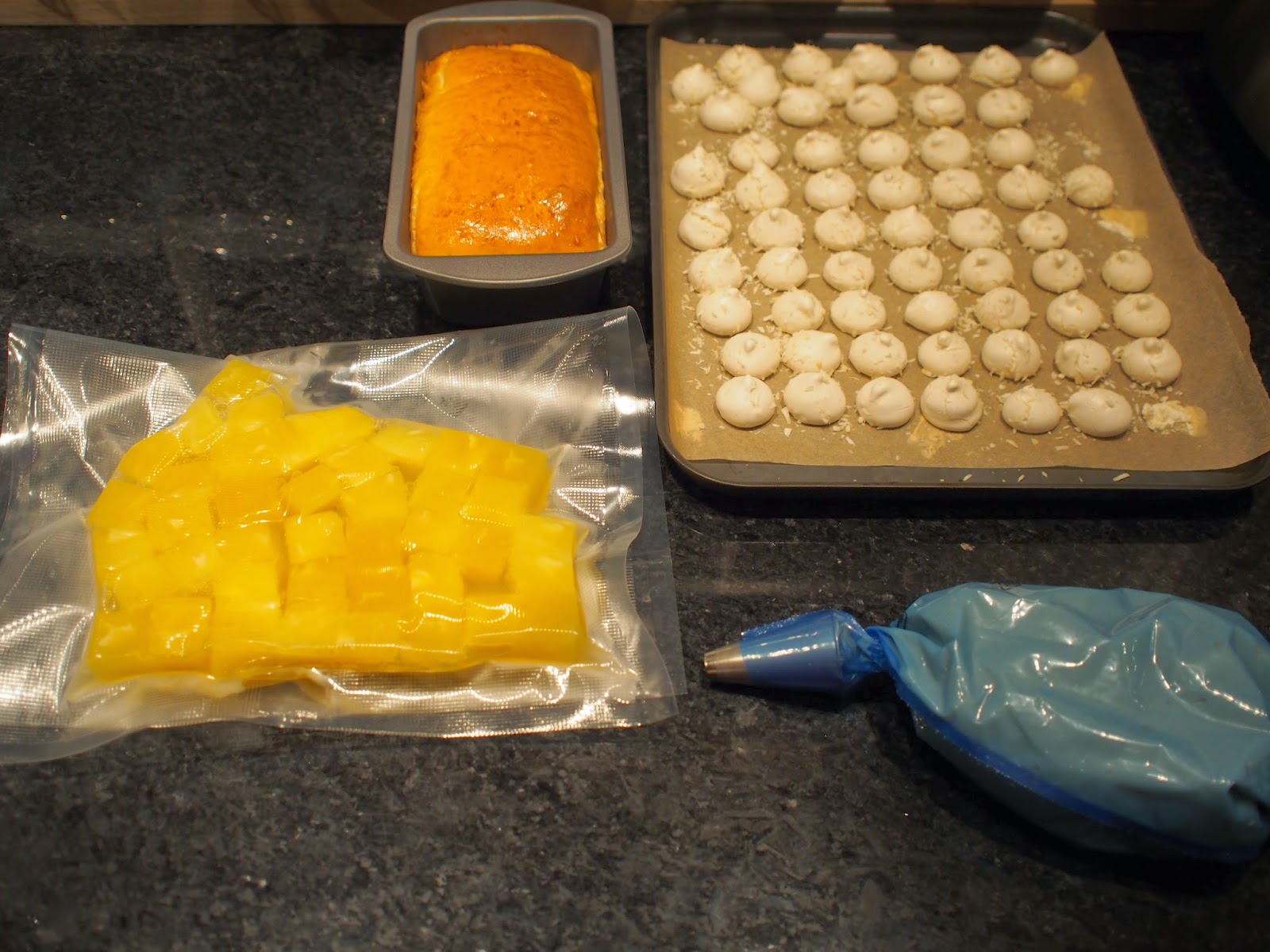I thought it might be fun to make Indian food for our inaugural book club meeting. Being a handful of girls, it clearly had to include a salad – but I suddenly realised that actually, I’m not sure what an Indian salad looks like… Having never been to India, I haven’t see any first-hand, and I’ve never seen anything beyond raita, or onion salad on an Indian restaurant menu. {I even looked at the menu on the Benares website, just to make sure I hadn’t forgotten any} Most vegetarian dishes tend to be cooked rather than raw…
So the thought process began somewhat in reverse: which spices could I use to marry to the other Indian dishes, and which salad ingredients might marry to those spices.
After my intense cardamom overload of late, I thought I’d switch to cumin seeds, which led me to combining them with carrots. Cumin, caraway, parsley, and carrots are all members of the same Apiaceae family, and compliment each other well. The rest, as they say, is history… I kept some in the fridge until the following day, and it was just as refreshing then…
Ingredients:
8 large carrots, sliced into shards (or lengthways)
1 tablespoon of cumin seeds
1 teaspoon of caraway seeds
3 tablespoons of white balsamic vinegar
8 spring onions, finely sliced
½ cucumber, peeled, deseeded, and cut into slices
handful of parsley, finely chopped
salt and pepper to season
Method:
Combine all of the ingredients together and leave to meld – you need to leave it for at least an hour to allow the cumin seeds and carrot to soften a little. You will see my bowl is only half full – I put some additional salad leaves into mine, but clearly not while it was ‘curing’, or it would have wilted the leaves
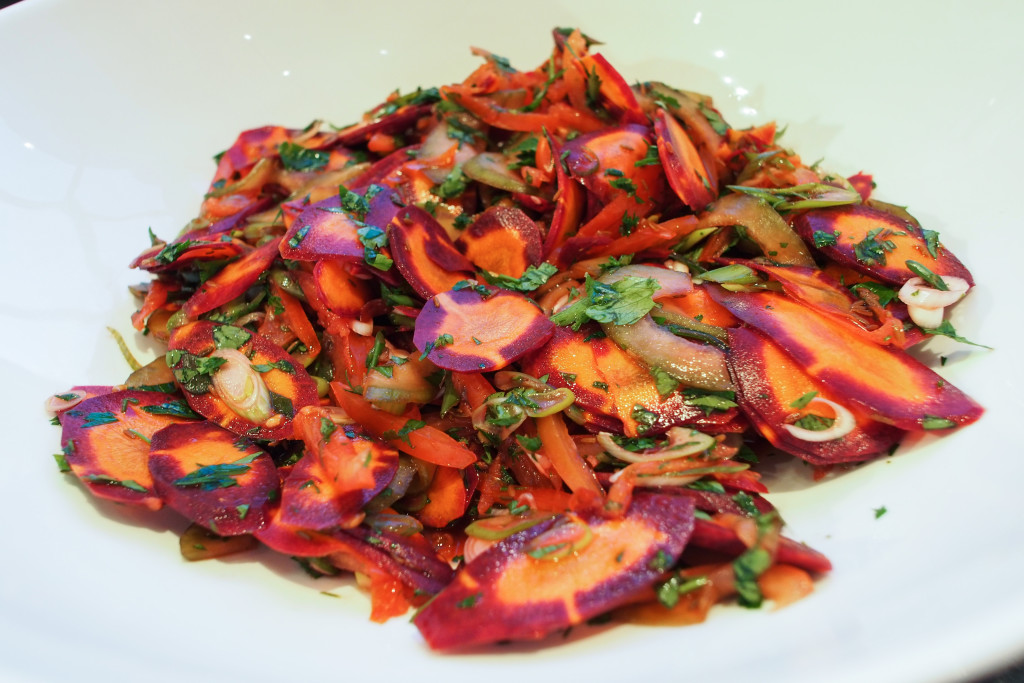
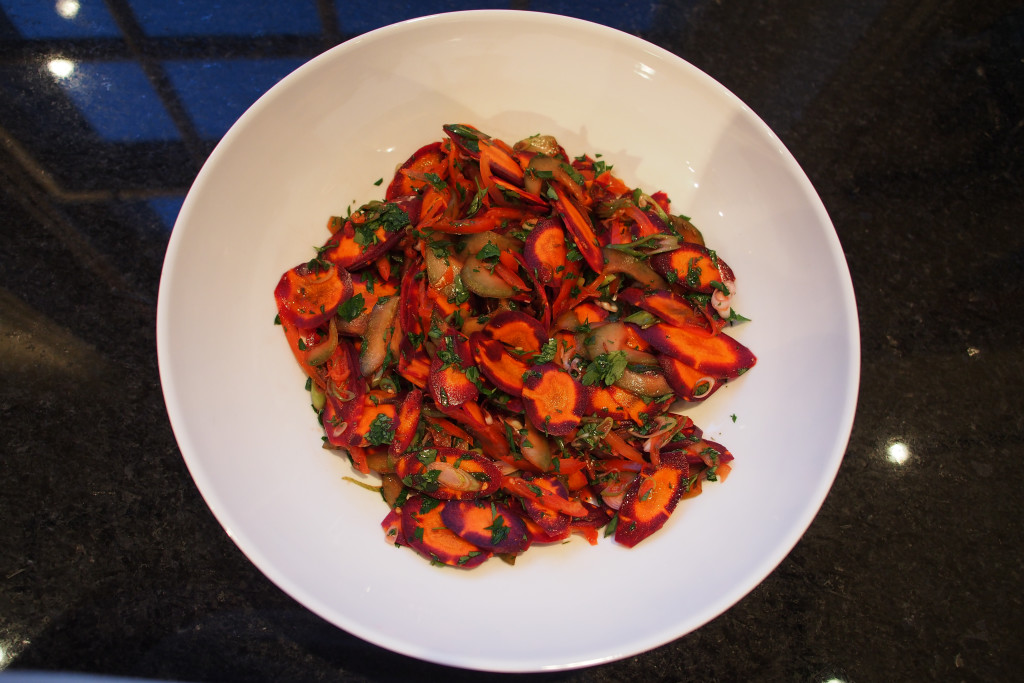
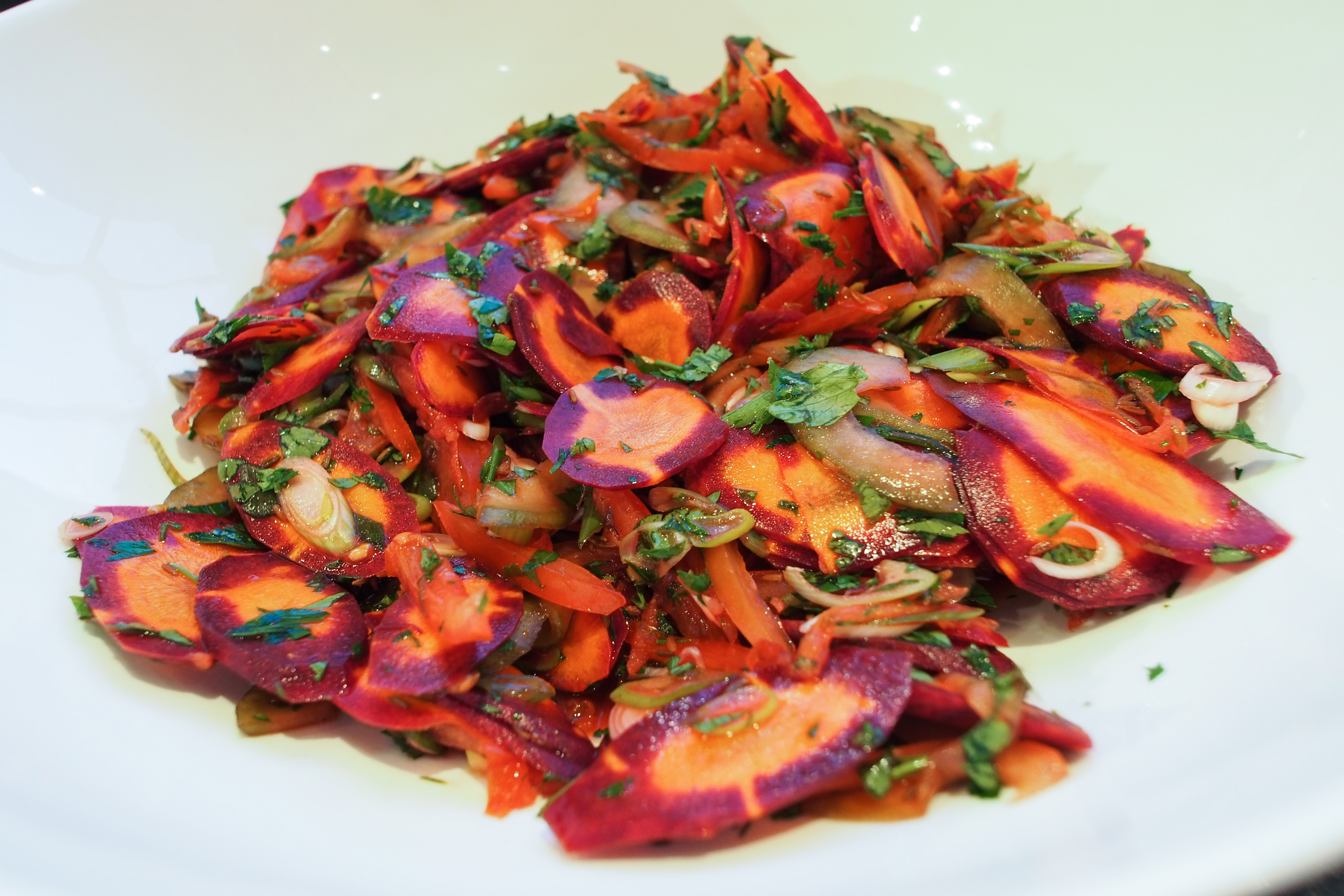
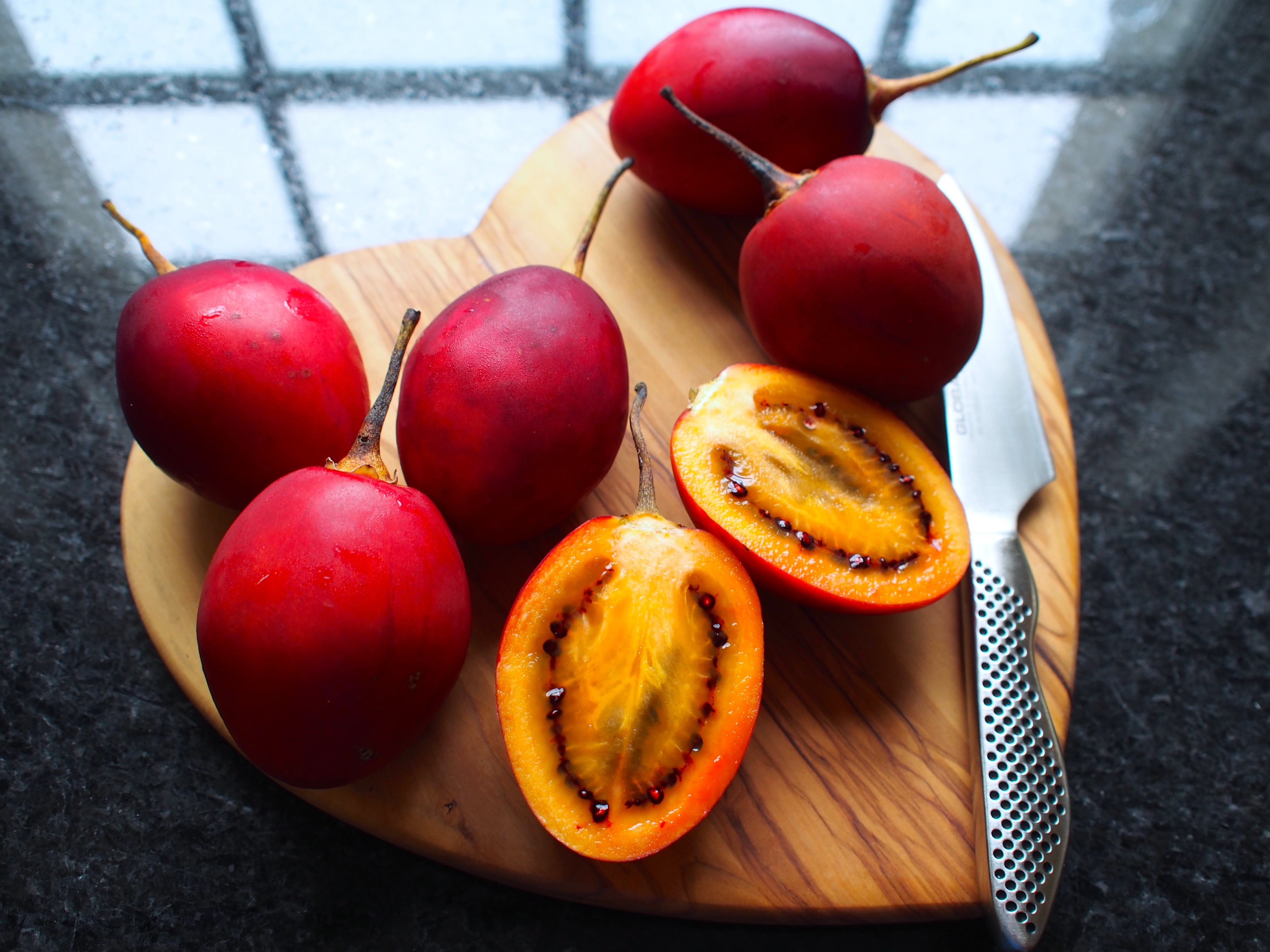
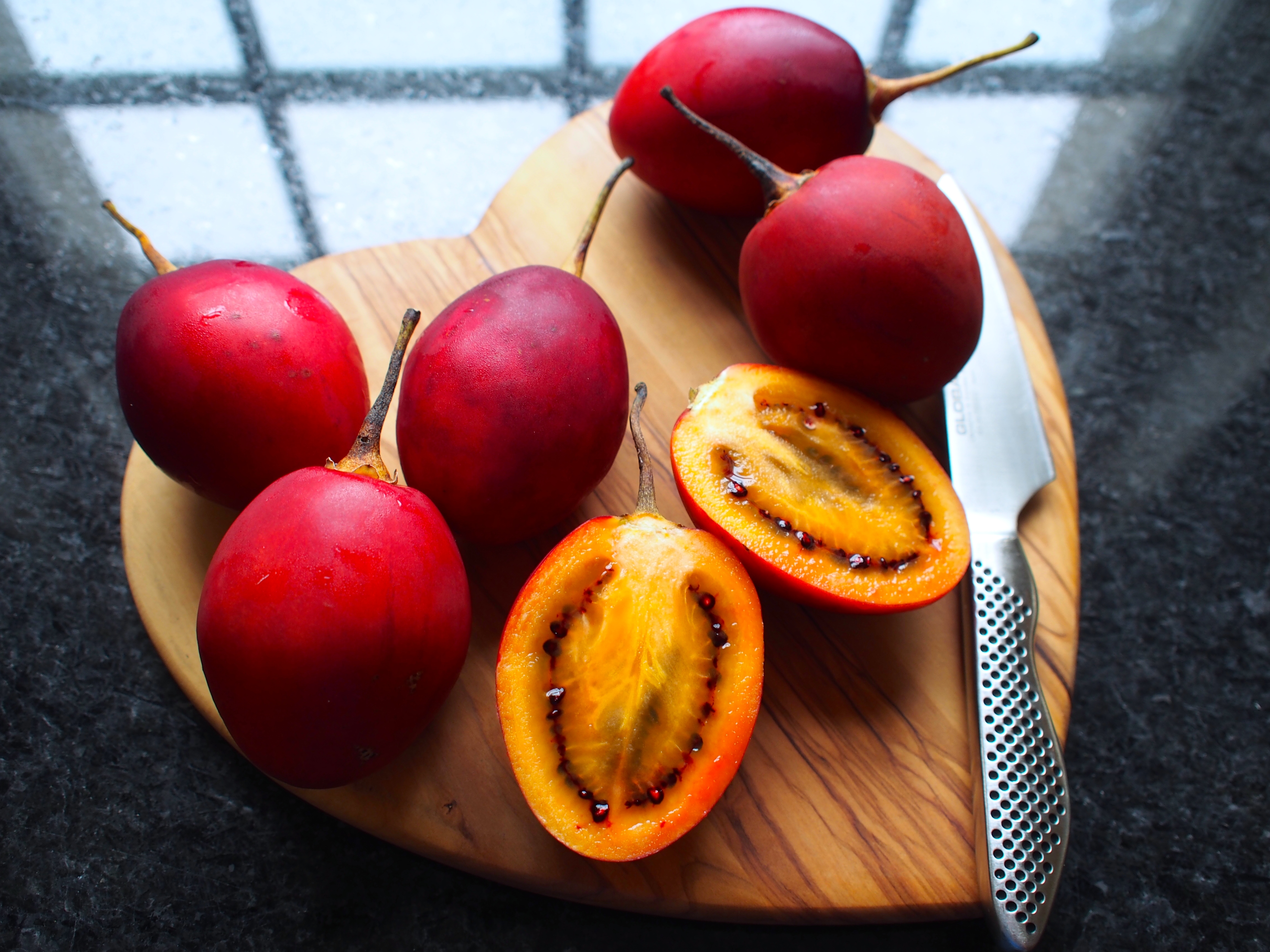 I’ve been madly in love with tamarillo’s since I first tasted them, about 14 years ago, in a fruit box at Ubon. That was it – from that moment on I was hooked… Ubon served them raw, with the skin cut virtually to the end, so that you slipped them off and into your mouth. Delicious!
I’ve been madly in love with tamarillo’s since I first tasted them, about 14 years ago, in a fruit box at Ubon. That was it – from that moment on I was hooked… Ubon served them raw, with the skin cut virtually to the end, so that you slipped them off and into your mouth. Delicious! 


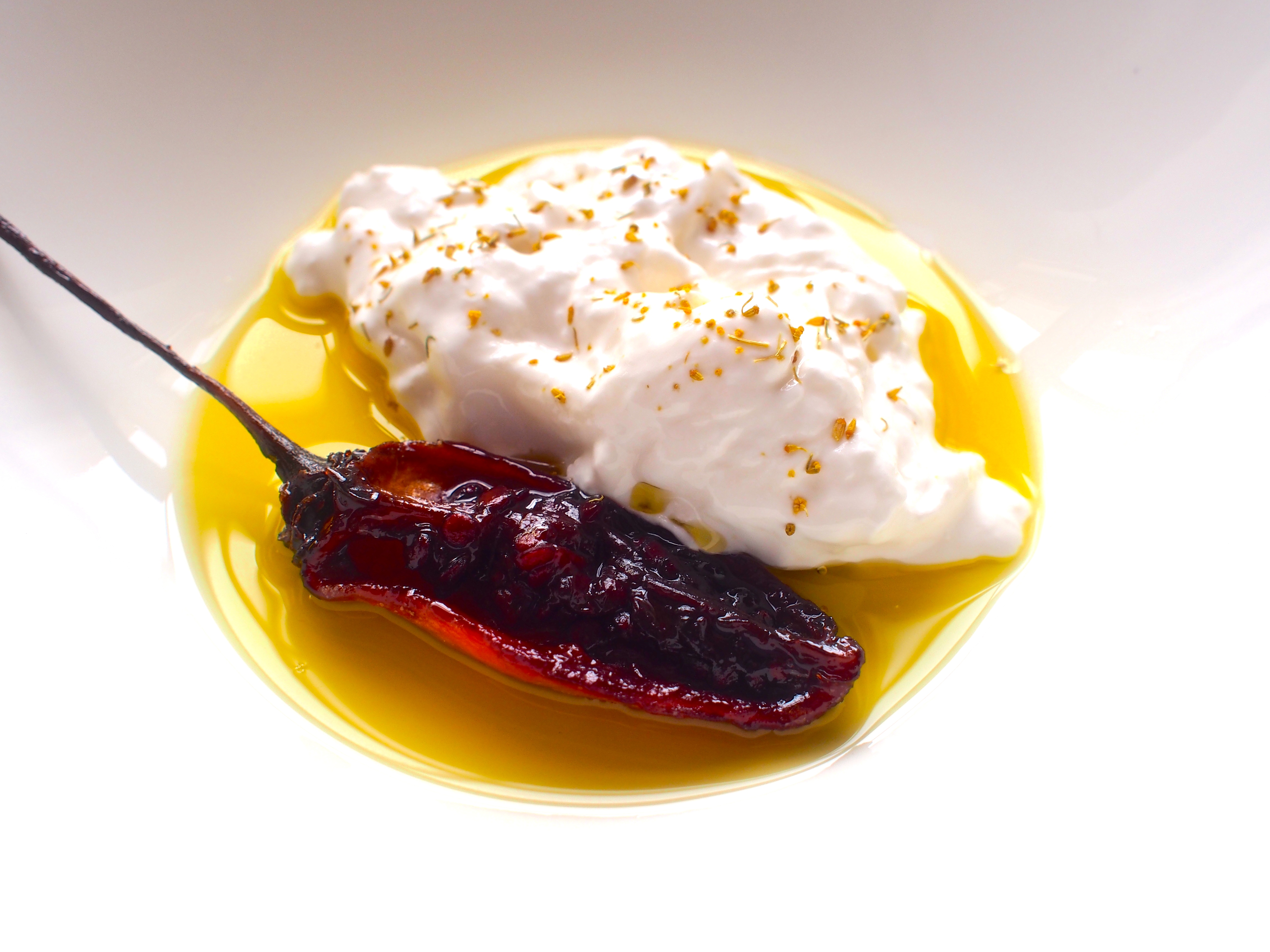 I have
I have 
